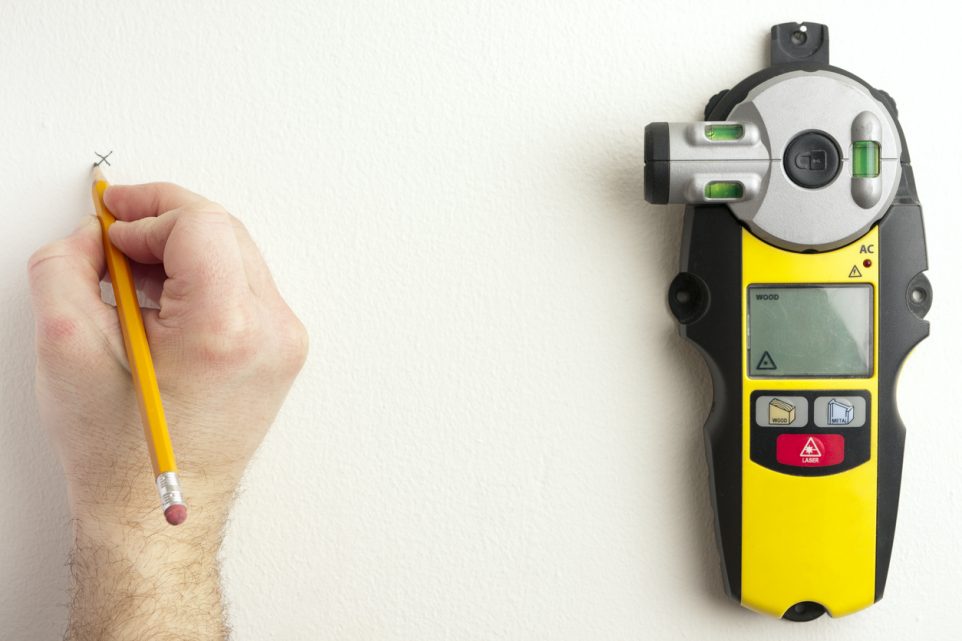How To Use a Stud Finder: Pro Tips, Tricks, and Resources

View all Contents
Resources for Further Assistance
If you’re new to using a stud finder or need additional guidance, there are several resources available to help you.
Online resources like home improvement websites and YouTube channels offer a wealth of information. You’ll find detailed video tutorials that walk you through using a stud finder effectively. Don’t forget the manual that came with your specific stud finder–it’s a treasure trove of detailed instructions and troubleshooting tips.
And if, after exploring these resources, you’re still feeling unsure, there’s always the option to consult a professional contractor or handyman. They can guide you through the process step-by-step and ensure you locate those studs with confidence.